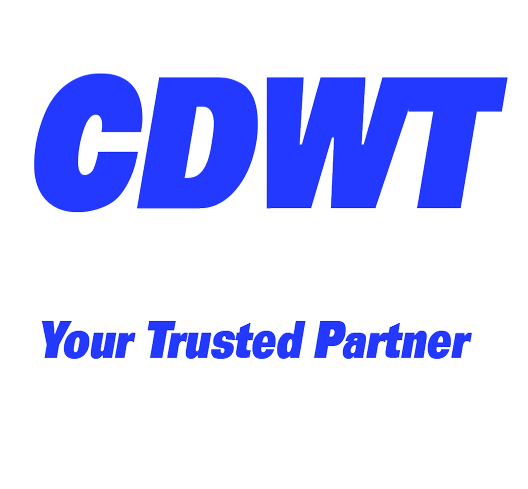The Irish Digital Future: What’s Next for Corporations?
In a hyper-connected world, European Union (EU) organizations anticipate being digitally sovereign by 2030. To progress the new digital decade in this region, Ireland and other nations are concentrating on four main areas: the digital transformation of enterprises, the strengthening of digital skills, the development of digital infrastructure, and the digitalization of public services.
Ireland presently enjoys a dominant position in the digital economy of the European area. Small- and medium-sized businesses (SMEs) and multinational corporations (MNCs) on the island play a particular role in the implementation of the OECD’s inclusive framework on BEPS [ii], which together handles the tax problems of digitalization. This action demonstrates Ireland’s desire to provide a smooth route for digital economic activity via the establishment of new employment possibilities, the promotion of infrastructure and strong cybersecurity best practises, and the reinforcement of a low-carbon economy.
Potential for Business Transformation Initiatives in Ireland
Ireland’s digital economy operates at two distinct speeds. Despite the fact that just a minority of Irish firms have completely embraced digitalization, there is a need to accelerate and deepen digital adoption throughout the country in order to increase productivity. This includes organisations addressing productivity gaps caused by hybrid work environments and upskilling requirements, increasing connectivity for corporate use, and the digitalization of public sector services.
Phantomization for Digital Upskilling
With the advent of hybrid (and remote) working arrangements, businesses in Ireland seek to digitally upskill their remote workers so that they can contribute to the digital decade, while people want to use their newly gained abilities to further their careers. A unified digital workplace platform with an open architecture that is expandable and scalable may provide a safe and smooth environment for employer-employee communication. Consequently, upward mobility rates will grow. With the proper phantomization solution, businesses will be able to future-proof their remote-work projects.
Digital Infrastructure for IoT Connectivity and 5G Assets Commercialization
The Digital Ireland Framework bets on 5G to assist the economy in achieving its digital transformation goals and to promote Ireland as an international corporate destination of choice. This implies enhanced wireless network infrastructure that covers vast company activities, allowing a multitude of IoT use cases such as industry 4.0 automation and cost-effective on-premises data processing.
Ideal would be a 5G corporate solution that delivers end-to-end services for enabling privately owned wireless networks. It not only helps to expedite the monetization of 5G assets, but also eliminates inefficiencies associated with poor connection and offers a solid path to handle the increasing traffic needs for 5G deployment.
Citizen-Centered Public Sector Services that Have Evolved
In Ireland’s governmental sectors, there has been a significant movement toward the usage of application services for automated and self-service choices. Due to inadequate application performance management, however, there is still a delay in having a meaningful impact[iii] on the effectiveness of citizen service delivery and resolution. A customized application performance management (APM) solution may assist healthcare, energy and utilities, and banking organizations in the public sector with the end-to-end management of complex and dispersed business-critical IT applications for flawless client experiences.
THE NEXT
Epic events have altered the planet, including the pandemic and the introduction of astounding technology like as 5G and quantum computing, as well as ground-breaking procedures using robotic process automation and data science. The changes made to businesses, individuals, and governments are not evolutionary, but revolutionary.
Many firms in Ireland have yet to maximize their digital potential. This demands end-to-end technological solutions. The most urgent issue for these firms would be to adopt a proactive, rather than reactive, approach to meeting their IT requirements. Irish firms may future-proof their digital presence by developing progressive businesses, modernizing infrastructure and processes, and moving towards a data-driven business model for linked experiences if they have the proper technology implementation partner.
Consequently, what is NEXT? How have we considered offering new solutions to meet the requirements of the new world in which we live? We must build solutions that take into account the potential future of banking, financial services, insurance, manufacturing, energy and utilities, retail, etc.
And that is just what we have done – we have IMAGINED a future that we can realise. We deliver the Future by developing distinctive, market-creating solutions. But in a practical manner that can be executed RIGHT NOW. In essence, this is our pledge.
Unlocking the Digital Future for Businesses Immediately
With its three-pillar approach – envision, construct, and operate – NXT.NOW, an unique platform from CDWT, enables Irish firms to exploit possibilities. Using a comprehensive approach to leverage the potential of new technologies, this strategy may accept evolutionary change, offer differentiators, and assist organizations in meeting current and future digital goals.
Across different industry verticals and with over 120k colleagues in 90+ countries, we are studying markets, best practices and trends, and crafting solutions that will offer our clients competitive dominance, not just parity or advantage. In short, we help companies Imagine a future, Build solutions and Run them, to deliver tangible value and outcomes.
And that is the meaning and promise of NXT.NOW.


